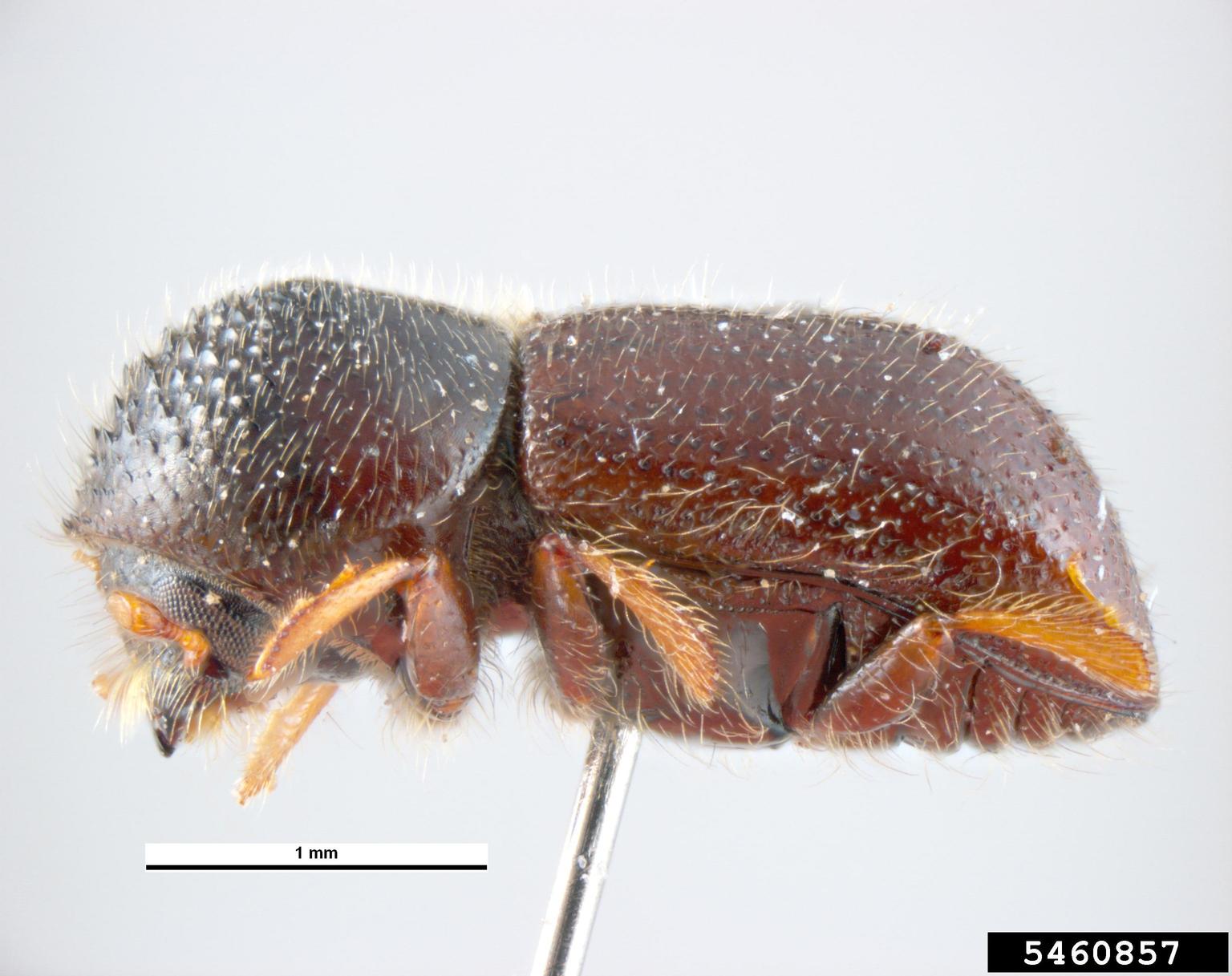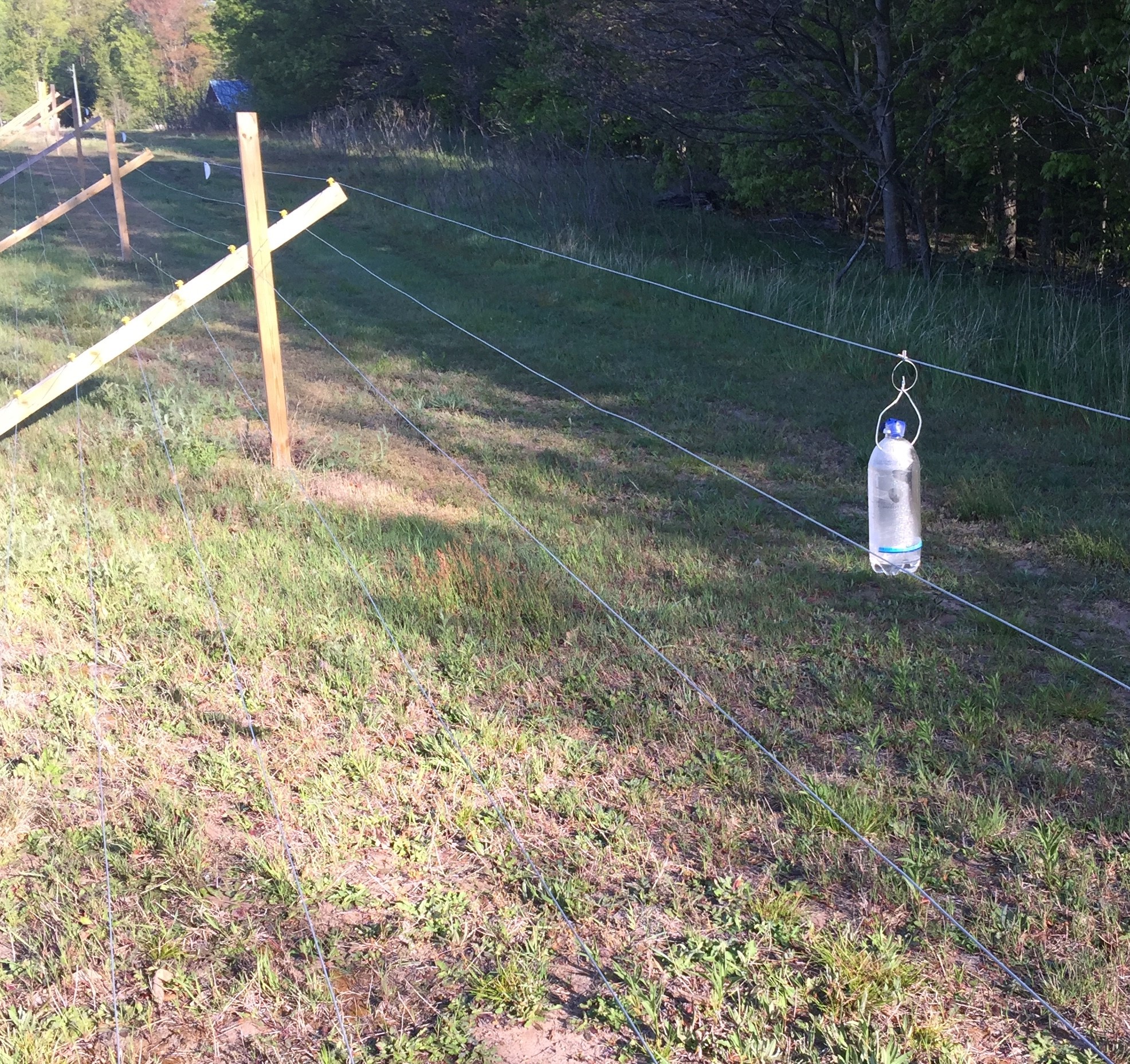Chestnut trees vulnerable to emerging black stem borer
Growers should be monitoring for black stem borer and protecting vulnerable trees at this time.

Black stem borer will infest and damage a wide variety of woody plant species, including chestnuts. Black stem borers are attracted to small trees with less than a 4-inch trunk diameter and stressed trees that produce ethanol. Female borers create tunnels in trunks in which to lay their eggs. These tunnels damage the tree’s ability to translocate water and nutrients.
Overwintering adults become active in late April or early May after one or two consecutive days of 68 degrees Fahrenheit or higher, often coinciding with blooming forsythia. Michigan State University traplines are currently catching black stem borer as far north as Traverse City, Michigan. Adult black stem borers are very small (0.08 inches long).

Growers are encouraged to use a simple ethanol baited trap to monitor for activity, starting in mid-April. Traps are most effectively deployed near adjacent wooded areas at a height of 1.6 feet. Hand sanitizer is an easy and accessible bait but should be refreshed every few days.

Growers with vulnerable trees and positive trap catches or a history of damage will need to apply a trunk spray to prevent damage. The time to spray an insecticide for this pest is when females are flying in the spring before colonizing new trees. Young trees near the perimeter of orchards, especially near woodlots, are at greatest risk of injury. Because they are so tiny, it is difficult to monitor for adults to determine the optimum time to apply an insecticide, but a trap as described above can help time applications.
Pyrethroid insecticides applied as trunk sprays have shown the most promise in reducing the number of new infestations within a season. For a list of registered pyrethroids for use in Michigan chestnuts, refer to the Michigan Chestnut Management Guide.
Later in the season, remove and burn dead or dying trees. It is also important to make sure all large prunings and brush piles are either burned or chipped and composted as they may harbor overwintering adults and contribute to future infestations.
For more information on black stem borer, refer to the Michigan State University Extension bulletin, “Managing Black Stem Borer in Michigan Tree Fruits.”
Stay connected!
Michigan State University Extension will again be hosting Chestnut Chats starting May 23 from 1:30-2:30 p.m. and will run every other Thursday through Aug. 29. Registration is free but required. Sessions will not be recorded. Register today!
For more information on chestnut production, visit www.chestnuts.msu.edu and sign up to receive our newsletter.
This work is supported by the Crop Protection and Pest Management Program [grant no. 2021-70006-35450] from the USDA National Institute of Food and Agriculture.



 Print
Print Email
Email